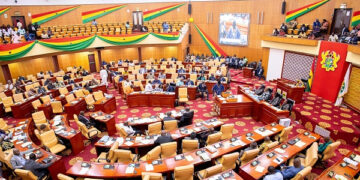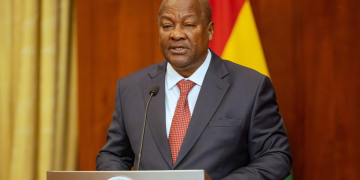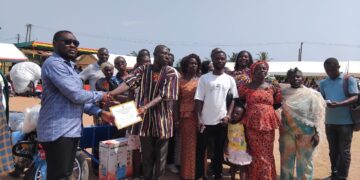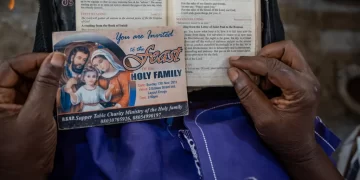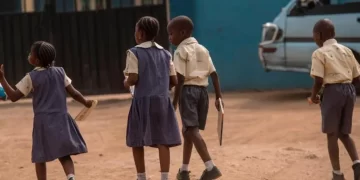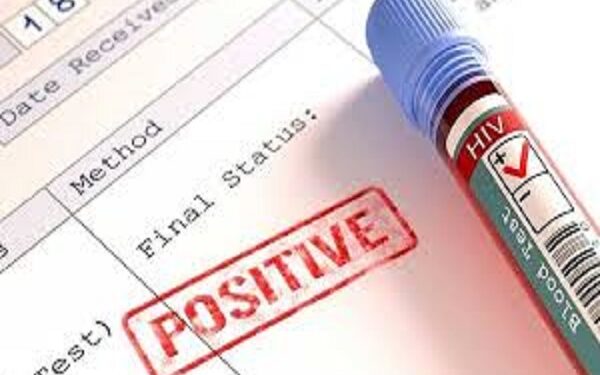In 2020, the HIV population among children aged one to four years was 7,699, with 443 new infections in the same age group in 2021.
“This is not good because most of these children got it from their mothers. They were mainly mother-to-child transmissions and that is something we have to avoid,” the Programmes Manager of the National STIs and AIDS Control Programme (NACP), Dr Stephen Ayisi Addo, has said.
As a result, he has recommended pregnant women to get tested for HIV at antenatal clinics (ANC) so that those who test positive may begin treatment right away to avoid the disease from transmitting to their newborns.
Dr. Addo told the Daily Graphic in an interview in Accra that the findings on mother-to-child transmission were confirmed by other data NACP has gathered, known as index testing.
When a spouse and children are tested for HIV after a mother has tested positive for the disease, this is known as index testing.
“In fact, of the 14 per cent of mothers whom we have tested and are positive, we are finding their children to be positive, which means that they were left unnoticed.
“We dug further and realised that some of those mothers did not go to ANC and so they did not receive the treatment to prevent transmission to their children,” the programmes manager added.
General situation
In 2020, the anticipated number of teenagers (10-19) living with HIV in the country was 22,754, while new infections among the same group were 1,811, with 718 fatalities.
In the first six months of 2021, a total of 23,495 children (14 years and under) tested positive for HIV.
Read Also: GMB2022: Central Region’s Asiedua becomes 2nd runner up
Dr. Addo stated that the majority of new infections in children were caused by their mothers, but that certain mature minors (children who behaved like adults in terms of sexual behavior) were also at risk of contracting the virus.
He highlighted peer influence, early sex, promiscuity, drug use (alcoholism), and illiteracy as some of the characteristics that predisposed teenagers to HIV.
On the implications of children contracting HIV, he said “it means that the nation is not going to end the HIV epidemic because of the likelihood of those children growing tired of taking their medication and, therefore, becoming the next generation to create resistance”.
Policy
According to the manager, the NACP policy states that children should know their HIV status by the age of 14. However, the majority of parents with HIV-positive children did not routinely disclose their children’s status to health care providers.
He claimed that as such children entered senior high school, it became difficult for them to take their medication due to stigma, and that some of them hid to do so.
“They have to take the medication at a particular time, but it is not always convenient because the schools eat at specific times and so if they have not eaten, they are unable to take it.
“Again, during class hours, it is difficult to go out and take it. They also have difficulty coming for reviews because of issues of exeat because they are unable to disclose the real reason they need the exeats.
“Some of the schools don’t have infirmaries, and even if they have, they do not have trained personnel to attend to the specific needs of such students,” Dr Addo said.
Interventions
He mentioned that they were providing interventions for both children and adolescents with HIV, such as nutrition services, psychosocial support, the establishment of service delivery sites so that if a child tested positive, he or she would be quickly placed on treatment, and screening and testing in orphanages.
SOURCE: myjoyonline


